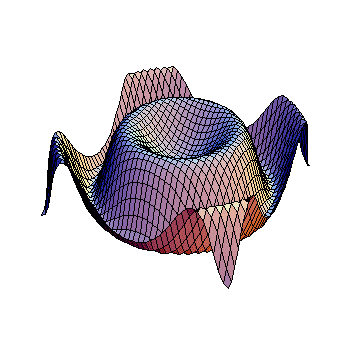Assuming that by #sin^(-1)(-7/25)# you mean #arcsin(-7/25)#,
We know the Pythagorean identity #sin^2(theta) + cos^2(theta) =1#, so by dividing both sides by #sin^2(theta)# we have
#sin^2(theta)/sin^2(theta) + cos^2(theta)/sin^2(theta) = 1/sin^2(theta) rarr 1 + 1/tan^2(theta) = 1/sin^2(theta)#
Substitute #theta# for #arcsin(-7/25)#
#1 + 1/tan^2(arcsin(-7/25)) = 1/sin^2(arcsin(-7/25))#
Knowing that #sin(arcsin(theta)) = theta# we have
#1 + 1/tan^2(arcsin(-7/25)) = 1/(-7/25)^2 = 625/49#
Isolating the tangent
#1/tan^2(arcsin(-7/25)) = 625/49 - 1#
Take the least common factor to sum the two fractions
#1/tan^2(arcsin(-7/25)) = (625-49)/49 = 576/49#
Invert both sides
#tan^2(arcsin(-7/25)) = 49/576#
Take the square root
#tan(arcsin(-7/25)) = +-sqrt(49/576)#
Simplifying / Evaluating
#tan(arcsin(-7/25)) = +-7/sqrt(2*2*12*12) = +-7/24#
We know from the domain of the arcsin that the angles with negative sines are on the fourth quadrant, so it's negative.
#tan(arcsin(-7/25)) = -7/24#
Or, use the main Pythagorean identity
Knowing that #sin(arcsin(theta)) = theta#, we have that #sin(arcsin(-7/25)) = -7/25#
We know that #cos^2(theta) = 1 - sin^2(theta)#, so
#cos^2(arcsin(-7/25)) = 1 - 49/625 = 576/625#
#cos(arcsin(-7/25)) = +-24/25#
So #tan(theta) = sin(theta)/cos(theta)# or
#tan(arcsin(-7/25)) = -7/25*(+-25/24) = +-(-7/24)#
We know from the domain of the arcsin that the angles with negative sines are on the fourth quadrant, so the tangent is negative.
#tan(arcsin(-7/25)) = -7/24#
The first way is good to get a feel of how to mess with the less common Pythagorean identities that could be needed in harder problems whereas the second is good for quick plug and chugs kind of problems.

